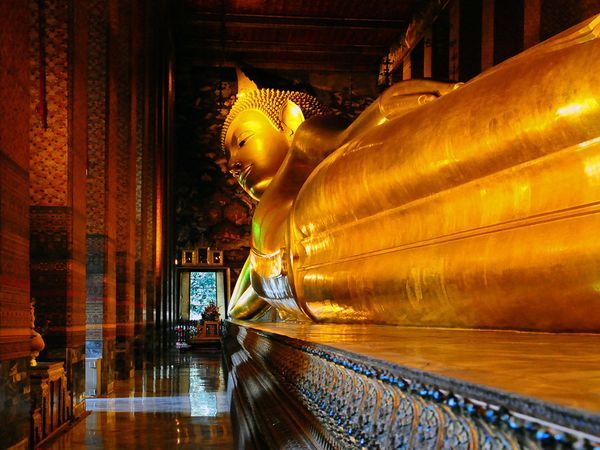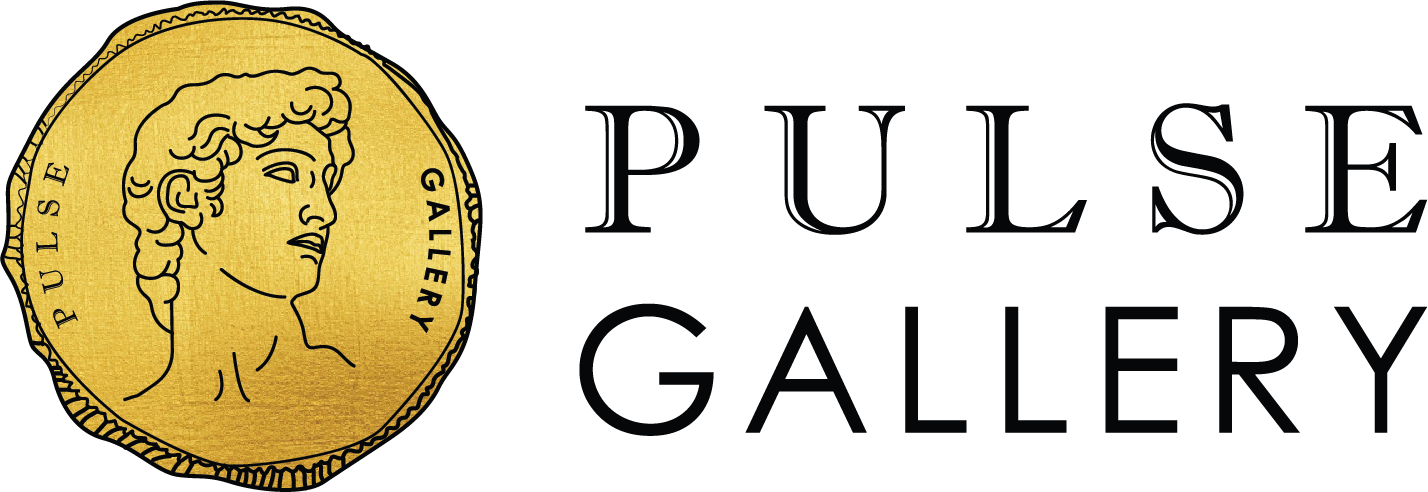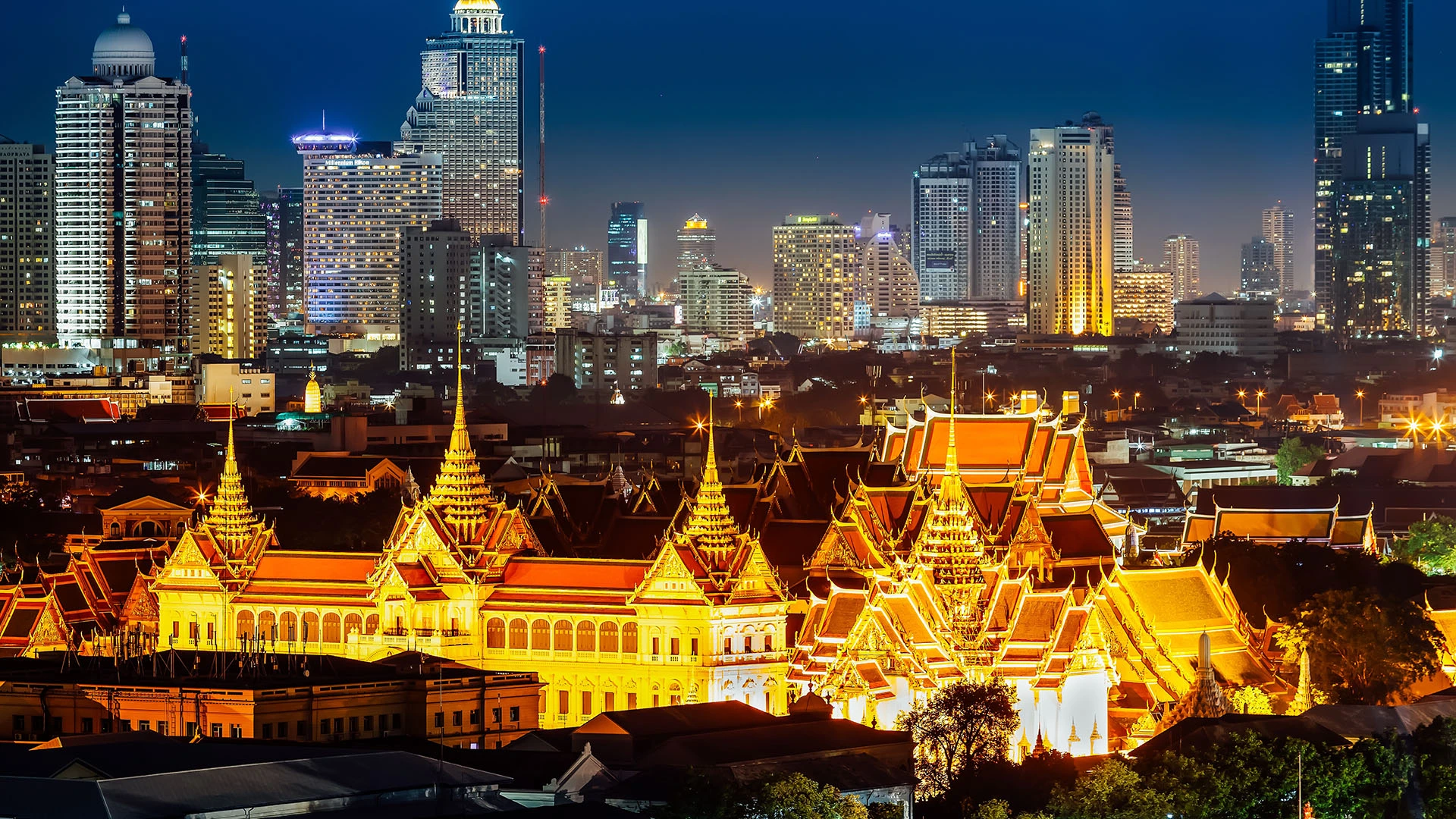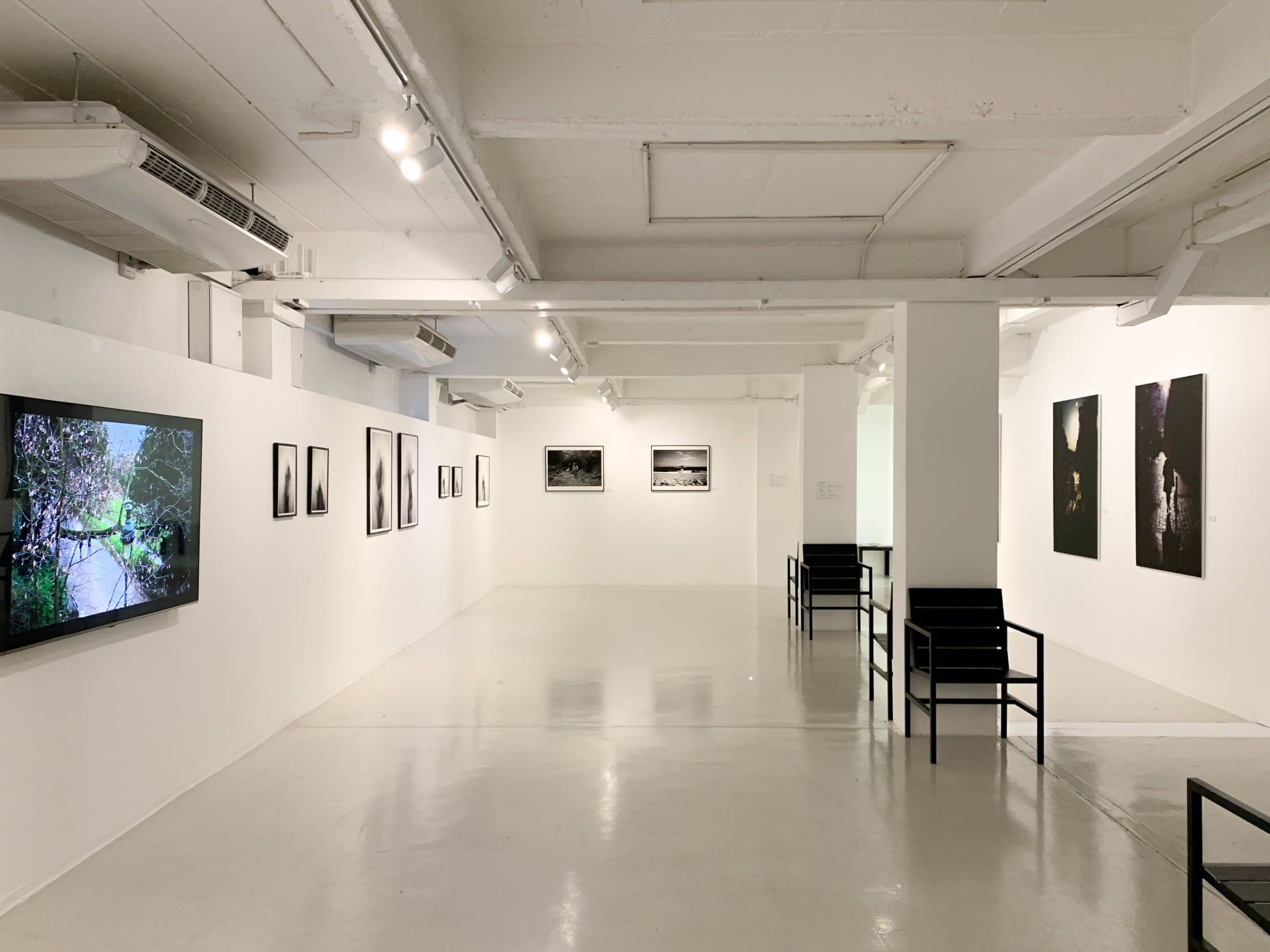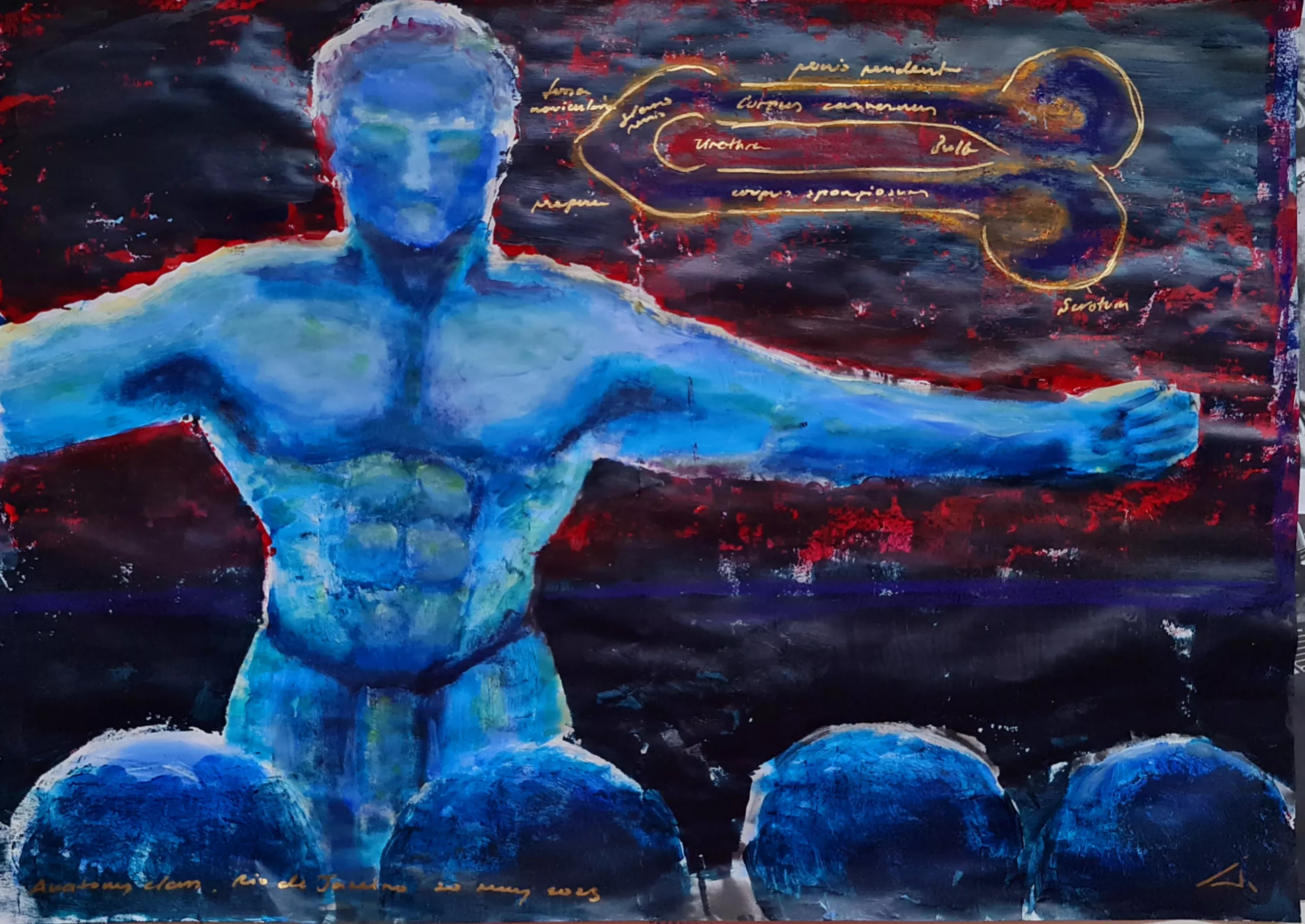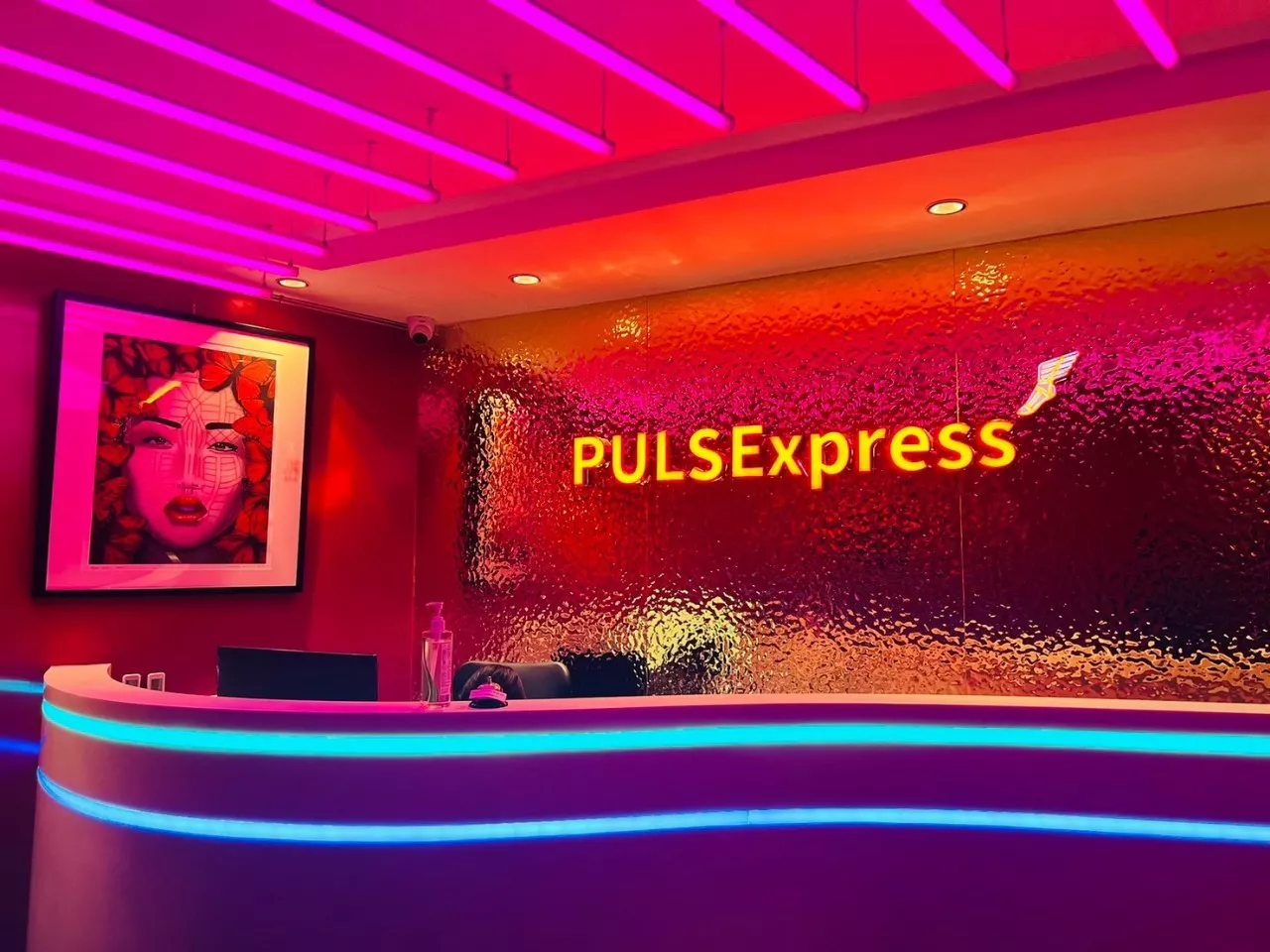
Temple of The Emerald Buddha
Wat Prakaew
The Temple of Emerald Buddha or the Wat Phra Kaew is considered as the most sacred Buddhist temple in Thailand. The temple houses the statue of Emerald Buddha made of green jadeite and the beautiful, glittering structure of the temple is sure to leave you in awe. Built within the grounds of the Grand Palace, Wat Phra Kaew or 'The Temple of the Emerald Buddha' is the most important and most visited temple in Bangkok. One of the most significant features of Wat Phra Kaew is the Emerald Buddha, carved from a 66 cm tall block of jade. This highly revered icon was first discovered in 1464 in Chiang Rai when the wat sheltering it was struck by lightning. It was taken to Laos before coming back to Chiang Mai and finally making a permanent home in Bangkok where you can admire it today. Wat Phra Kaew is a superb temple to explore, especially the 2-km-long gallery covered with incredibly detailed mural paintings depicting 178 scenes of the epic story of Ramayana. Around every corner you’ll find tall chedis covered with glazed tiles or gold leaf, but the most photographed building is the massive golden chedi of Phra Sri Rattana, featured on the 1 baht coin. - The temple is only open until 3.30pm
- Entrance costs at least 500 baht for non-Thai citizens
- A strict dress code applies – no short pants and no sleeveless shirts.
|
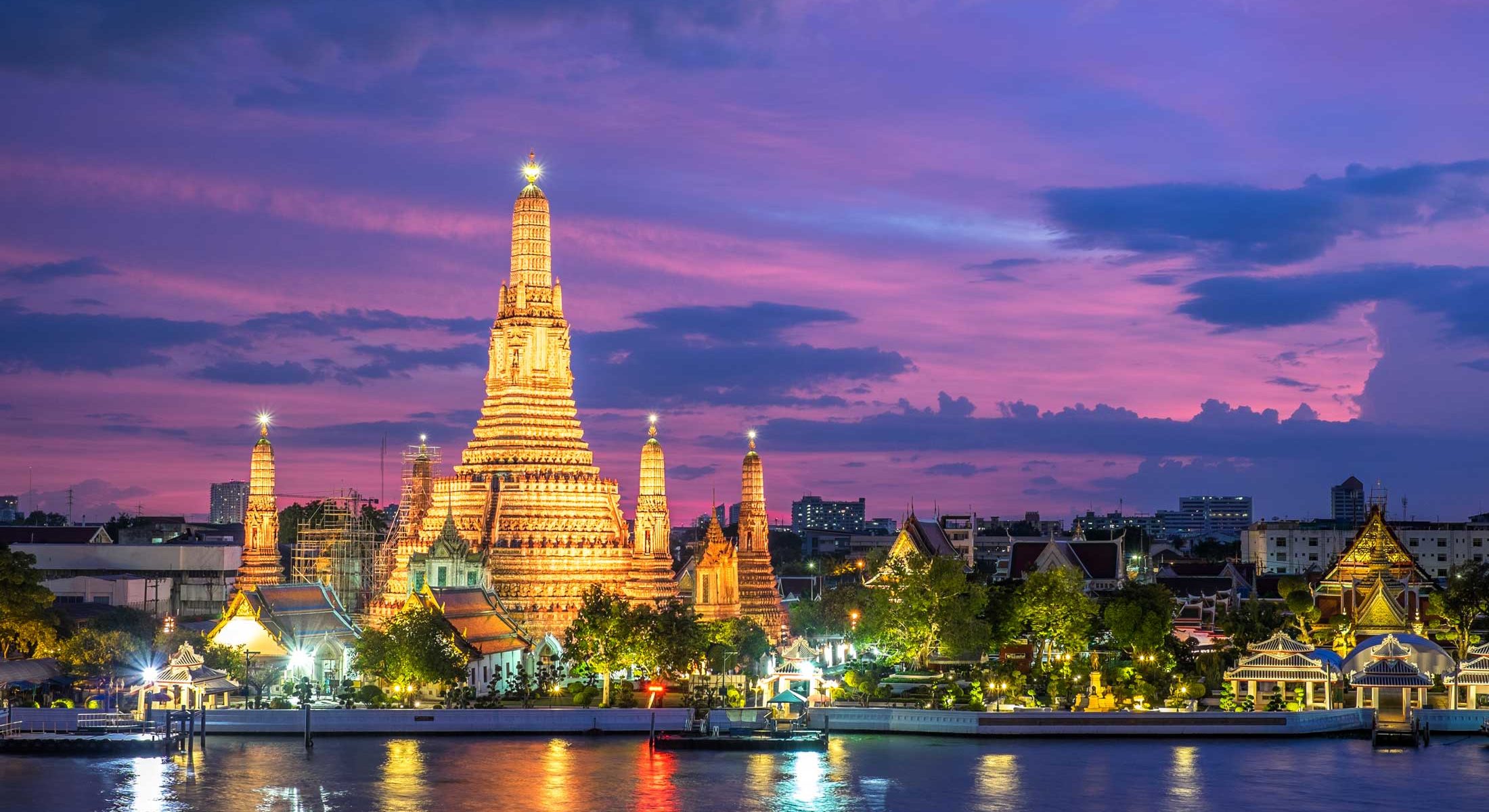
Temple of the Dawn
Wat Arun
Despite its name, the Temple of Dawn looks amazing at sunset. Wat Arun, the most iconic temple of Bangkok, is located on the Thonburi side of the Chao Phraya River, almost opposite to the Grand Palace and Wat Pho. Built during the 17th century, its full name of 'Wat Arun Ratchawararam Ratchawaramahawihan' is rather hard to remember, so it's often called the 'Temple of the Dawn'. The distinctive shape of Wat Arun consists of a central prang (a Khmer-style tower) surrounded by 4 smaller towers, all encrusted with faience from plates and potteries. The stairs to reach the balcony on the main tower are quite steep, usually easier to climb up than to walk down, but the view from up there is really worth it. Wat Arun can be easily accessed via ferry across the Chao Phraya River to Maharaj pier. - Entrance fee to the temple is around 50 baht
|

The Golden Mountain
Wat Saket
This landmark is an ancient temple on the only hill of Bangkok. 320 stairs take you up to the top for panoramic views of the Rattanakosin Island. |

Wat Suthat
The Red Giant Swing
The temple has an elegant prayer hall with sweeping roofs, magnificent murals, and exquisite hand-carved teakwood door panels. It’s widely known for the towering red Giant Swing standing at its entrance. The temple’s construction was commissioned by King Rama I (1782-1809), to shelter the 13th-century bronze Buddha image transported by boat from Sukhothai, but it was finally completed during King Rama III’s reign (1824-51). Located in the Old City area, just east of the Royal Field, you can easily combine a visit to Wat Suthat with the Temple of the Emerald Buddha, the Grand Palace and Wat Pho. |
The temple of Good Friends
Wat Kalayanamit
Wat Kalayanamit is a mixture of Chinese and Thai architectural styles. On the grounds are chedis, pavilions and statues in both Chinese and Thai styles. |
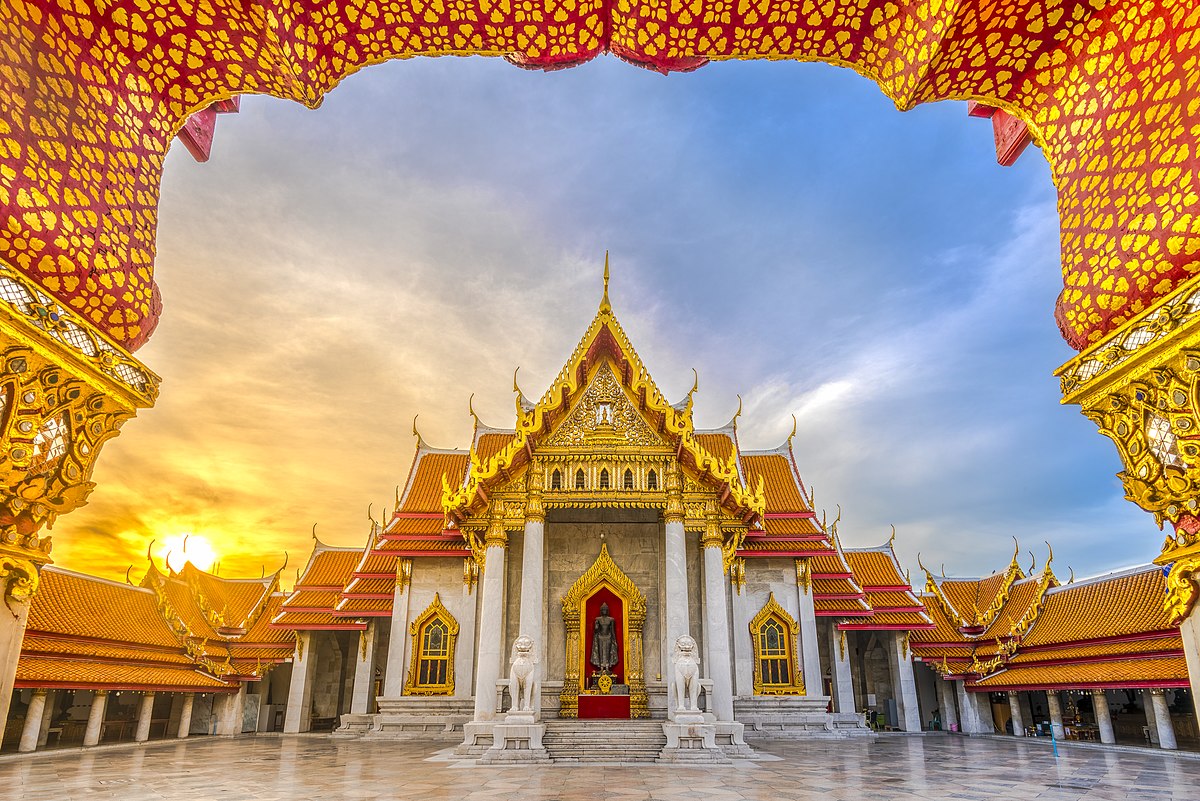
The Marble Temple
Wat Benjamabhopit
The temple was built with impressive carrara marble imported from Italy in 1899. |

Temple of Reclining Buddha - Wat Pho
Wat Phra Chetuphon
Wat Pho is world famous for The Reclining Buddha, houses a school of Thai Traditional Medicine where Thai Massage is still taught and practiced at the temple. |
